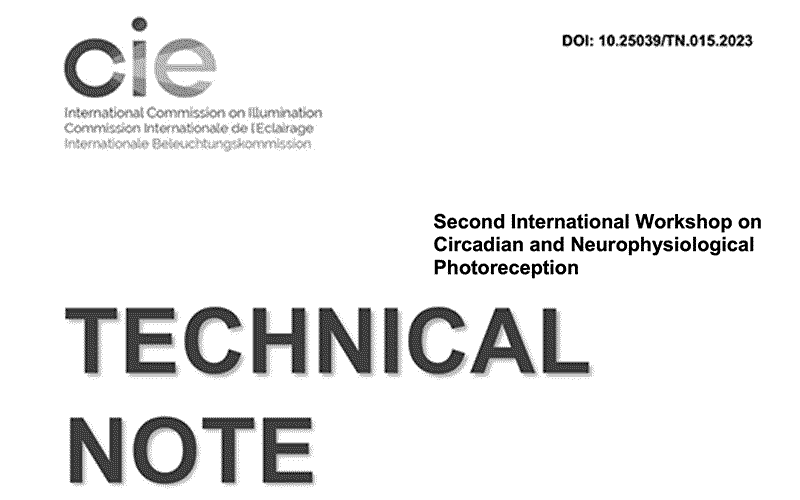Shedding Light on Circadian Health: The Transformative Role of Melanopsin in Human Well-being
The ”Second International Workshop on Circadian and Neurophysiological Photoreception” technical note provides a comprehensive overview of the proceedings and consensus from the 2019 workshop. This document, prepared by the CIE Division Reporter 6-46 of Division 6 ”Photobiology and Photochemistry”, aims to shed light on the intricate relationship between light exposure and its impact on human circadian rhythms.
Circadian rhythms, which are biological processes that follow a roughly 24-hour cycle, play a pivotal role in various human physiological functions. These rhythms are influenced significantly by environmental factors, with light exposure being the primary determinant. The discovery of a photopigment called melanopsin in the human retina in 2000 marked a significant advancement in understanding this relationship. Melanopsin, found in intrinsically photosensitive Retinal Ganglion Cells (ipRGCs), plays a central role in regulating the body’s response to light, impacting various physiological and behavioral aspects, including sleep regulation.
The 2019 Manchester workshop emphasized the importance of optimizing light exposures to promote circadian health, well-being, and performance. The workshop highlighted the significance of melanopsin-based photoreception in predicting human physiological responses to light. The outputs from this workshop are intended to guide governments, the lighting community, and public health professionals, emphasizing the importance of scientific advancements in this domain.
One of the workshop’s primary outcomes was the identification of the melanopsin-based photoreceptors’ role, known as ipRGCs. These receptors process signals from other photoreceptors in the retina, combining this information with their melanopic response to light. This combined information is then transmitted to various brain targets, including
the region responsible for circadian timekeeping.
The workshop also provided recommendations on healthy light exposures. For day-active adults aged between 18 and 55 years, the recommendations include:
• A minimum melanopic equivalent daylight illuminance (EDI) of 250 lx during the daytime, preferably from natural daylight.
• A maximum melanopic EDI of 10lx during the evening, starting at least three hours before bedtime.
• A maximum ambient melanopic EDI of 1lx during the night, with the sleep environment being as dark as possible.
These guidelines, derived from extensive scientific research, are intended to be applied to architectural and lighting designs, as well as general lifestyle advice. The workshop’s consensus underscores the importance of understanding and predicting how circadian rhythms respond to environmental light, paving the way for a healthier relationship between humans and their light-filled environments.
Full Paper: https://files.cie.co.at/CIE_TN_015_2023.pdf
© 2023 Luger Research e.U. – Institute for Innovation & Technology

